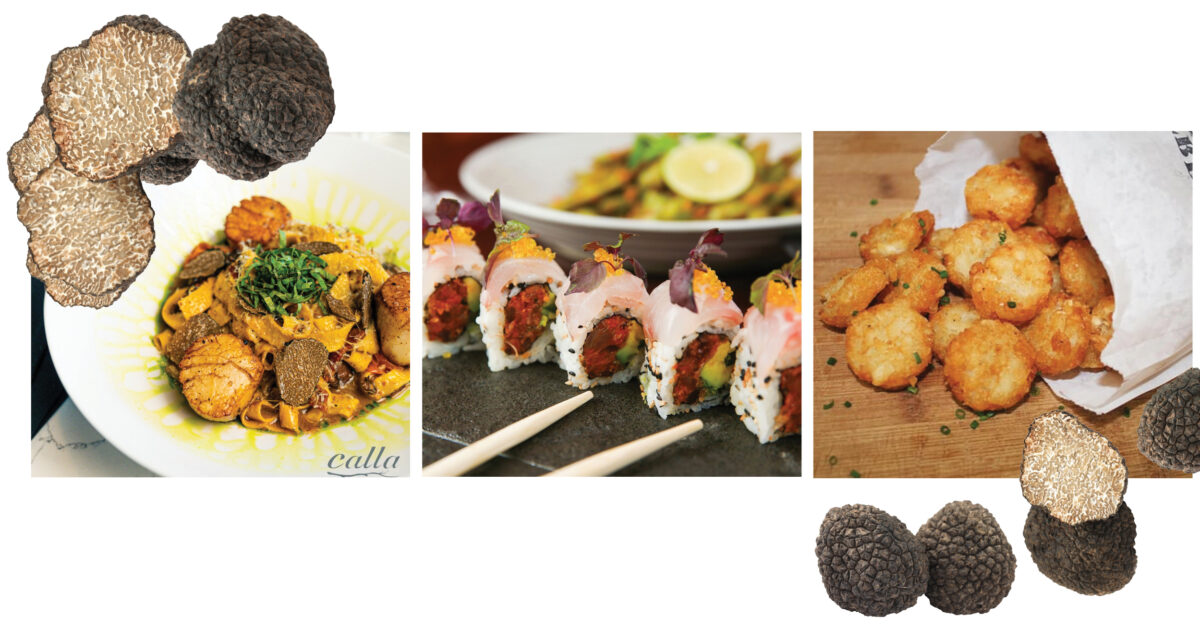
FACETED FACIALS: Skincare Treatment for Soft, Radiant Skin
April 2025
Family Works: Lake Charles Poultry and Specialty Meats
May 2025by Matt Dye
For the past five years, some of the best smoked meat in town has been coming from Paul’s Rib Shack Barbecue, so when looking for grilling and smoking tips, we went right to the source, Bishop of BBQ, Paul Pettefer, and Head Pitmaster, Silas Washington.
Learning to cook great barbecue is a lot of it is trial and error. As Pettefer points out, it’s important to know your grill. You don’t have to own a super high-end smoker. Instead, learn how to maintain a consistent temperature, what spices you like on your meat and your cook times. Start today with the equipment that you have and refine your craft over time.
For smoking meat, you start with coals to get a nice even burn. Then you add in your wood chips for smoking. After this, you should be able to step away, only coming back to feed the smoke every 45 minutes to an hour.
“The way you run your fire matters 10x more than what wood you’re smoking with,” Pettefer advises. “Blue or clear smoke is what you’re looking for. If your smoke is grey, white or black, it’s going to be inferior to a clean fire.”
“That 225-275 [degree] marker is what you’re looking for to get a consistent temperature to allow the smoke to penetrate the meat and add that flavor,” Washington says.
“If it’s your first time doing some [smoking],” Washington says, “pork butt is a hard one to mess up.” Rub your pork butt the day before with your favorite smoky rub that includes salt, which gets you off to a great head start. Smoke your meat until it reaches 175 internal temperature, then wrap it up and get it to 200 or so. “When it comes out,” Washington says, “you should be able to pull the bone out, shred it up, and make chop sandwiches out of it.”
That’s the key… keeping it low and slow at around 250 degrees with a nice clear blue smoke, and letting it cook a good 12 or so hours.
Like smoking, a key element to cooking on the grill is how you set up your charcoal and fire. If you’re cooking burgers or a ribeye, plan on the grease dripping once the meat gets hot and adding heat to your fire. You must resist the urge to walk away, in case a grease fire emerges or your meat gets overcooked because of the added heat.
“Stand your ground,” Pettefer counsels. “When it’s getting closer, stay there. Don’t leave that spot. The very end is the most important part. If you’re attentive in that last little bit, you’ll feel the joy of finishing well.”
Washington adds that having a meat temperature chart and a reliable digital thermometer makes everything easier in the moment. Cooking great meat on the grill is more about patience and practice than fancy tools or tricks.
What’s New at Paul’s?
“If you don’t feel like running the smoker for 14 hours, we’ll do it for you,” says Hannah Pettefer, marketing manager.
If you haven’t been to Paul’s lately, there are some new developments.
“We’ve been thinking through trends for healthy living,” the Bishop explains. “We already do single-source ingredients for the majority of our menu, but now we’re using beef tallow as a better alternative to seed oils.”
Beef tallow has been a popular trend to switch to for frying, and the flavor it adds to things like
fried ribs and fried bread pudding is noticeable.
Paul’s has also entered into the po’boy ring, with their new 3-Meat BBQ Po’Boy, featuring smoked brisket, turkey, and ham, with the fixings.
Paul’s Rib Shack is open Wednesday thru Saturday, 11:00 a.m. to 9 p.m.






